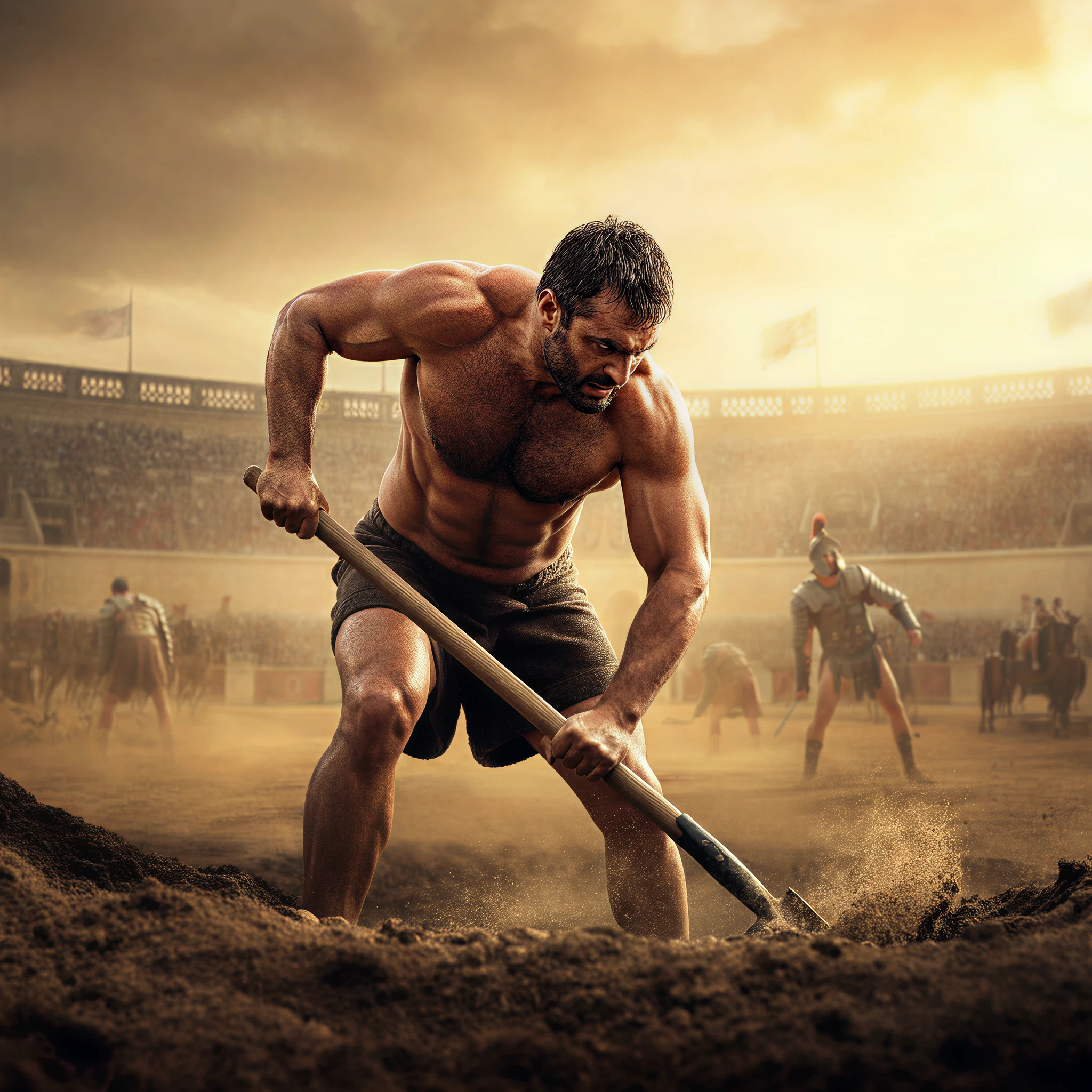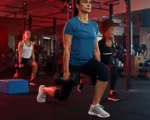Ancient warriors and athletes didn’t rely on high-tech gyms or protein powders to build their legendary strength. Instead, they mastered raw, functional movements that tested their limits and prepared them for the rigors of battle or competition. Today, these time-tested exercises can still be incorporated into modern fitness routines to enhance strength, improve coordination, and build resilience.
Below, we explore three ancient exercises—Milo’s Walk, Indian Club Swinging, and Roman Shield Marches—that have stood the test of time. Whether you’re a fitness enthusiast, a history buff, or a gym-goer looking for a unique challenge, these exercises are a must-try.
The Legacy of Functional Training
Functional strength training dates back thousands of years, long before bench presses and pull-up bars. Ancient athletes focused on exercises that mimicked real-life movements, helping them develop mobility, power, and endurance. Today, these movements are just as relevant, offering unique ways to create powerful upper bodies and increase conditioning.
1. Milo’s Walk
Origins: Named after Milo of Croton, an ancient Greek wrestler and one of history’s first known strength legends.
What It Is: Milo’s Walk involves carrying progressively heavy weights over a distance. Legend has it that Milo carried a young calf every day, and as the calf grew, so did Milo’s strength.
Muscles Worked: Shoulders, traps, arms, core, legs.
How to Perform It Today:
You can replicate Milo’s Walk with modern tools like kettlebells or sandbags. Here’s how to do it:
- Choose a heavy object that you can safely carry, such as a weighted bag or dumbbells.
- Walk as far as possible while maintaining good posture and core engagement.
- Gradually increase the weight or distance over time for ongoing progression.
This exercise builds incredible carrying strength that benefits both athletes and everyday movers.
2. Indian Club Swinging
Origins: Used in ancient India as part of warriors’ training routines. This practice later gained popularity in Europe and America during the 19th century.
What It Is: Indian clubs are weighted clubs swung in circular and dynamic patterns to improve upper-body coordination and strength.
Muscles Worked: Shoulders, forearms, wrists, grip, and core.
How to Perform It Today:
Indian clubs are available in fitness stores or online. Here’s how to utilize them effectively:
- Hold one club in each hand. Start with light weights to focus on coordination before advancing.
- Swing the clubs in synchronized or alternating circular patterns, staying in control of the movement.
- Gradually increase the complexity of your swinging motion, incorporating figure-eights or overhead circles.
Indian club swinging improves shoulder flexibility, grip strength, and overall coordination, making it a favorite among functional fitness enthusiasts.
3. Roman Shield Marches
Origins: Roman soldiers performed this exercise to build endurance and strength for combat situations. They carried heavy shields during marches, which helped condition their arms, shoulders, and back.
What It Is: Marching with a heavy object (mimicking the weight of a shield) while maintaining posture and control.
Muscles Worked: Shoulders, biceps, upper back, core, and legs.
How to Perform It Today:
No shield? No problem! A weighted vest, plate, or sandbag works perfectly:
- Hold your chosen weight in front of your chest or with your arms slightly extended, mimicking the carrying position of a Roman shield.
- Begin walking forward in a deliberate, controlled pace, focusing on posture and balance.
- Combine this with a slight uphill incline or uneven terrain for an extra challenge.
This exercise not only builds upper-body strength but also works on core stability and endurance.
Why Choose Ancient Exercises?
These ancient techniques stand apart from modern routines for several reasons.
- Functional Strength: They focus on practical, real-world movements that translate into everyday tasks.
- Holistic Engagement: These exercises often engage multiple muscle groups simultaneously, improving both strength and coordination.
- Challenge and Uniqueness: Bringing variety to your workout keeps you motivated and stimulates both your body and mind.
Final Thoughts
Fitness trends may come and go, but ancient training methods endure because of their simplicity and effectiveness. Incorporating exercises like Milo’s Walk, Indian Club Swinging, and Roman Shield Marches into your routine can elevate your upper-body strength and provide a fresh, exciting challenge.
If you’re ready to take your workouts to the next level, why not give these centuries-old methods a try? Grasp the wisdom of the past and build your strength like a true warrior!








